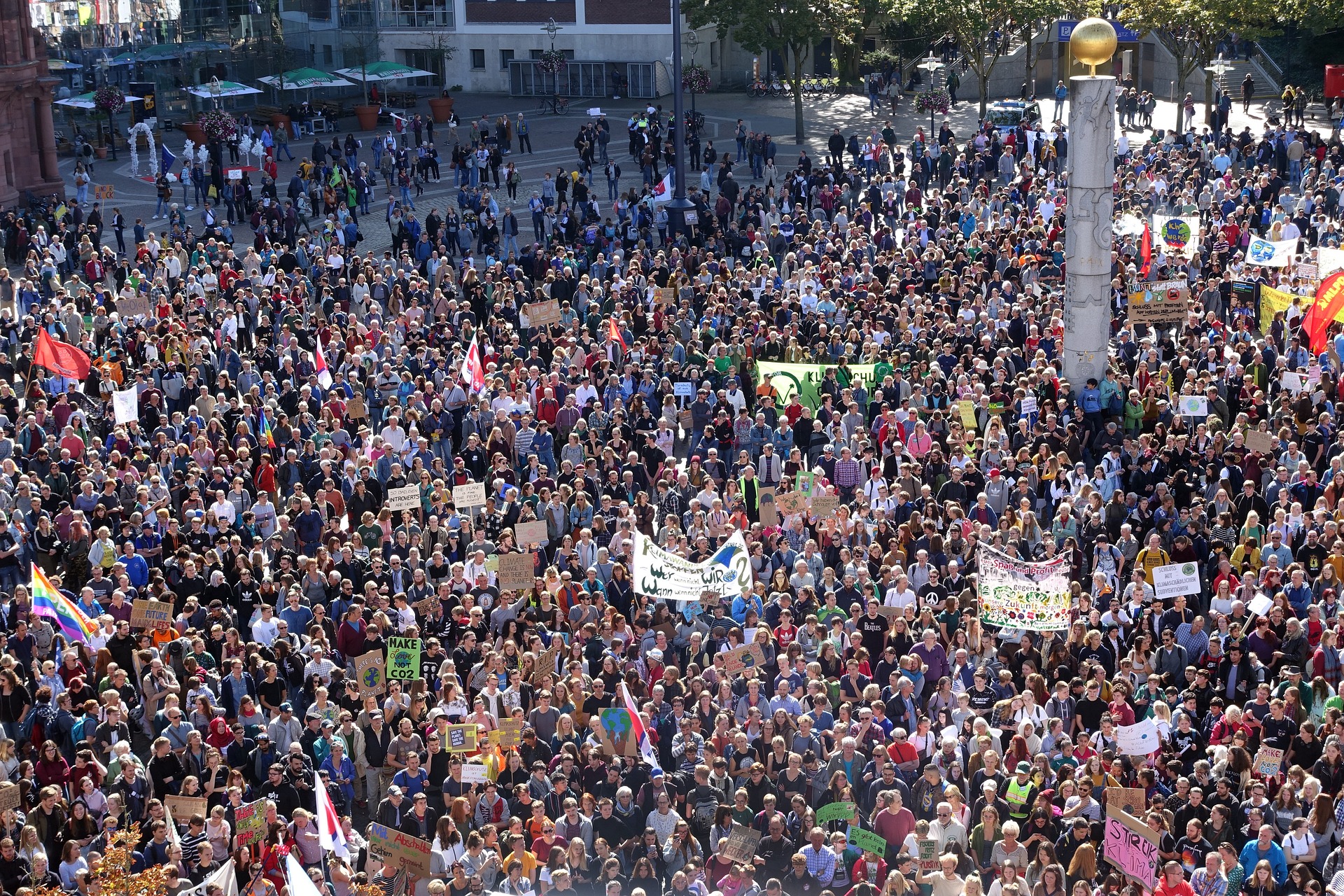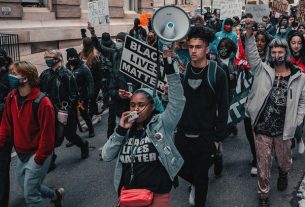In a brutal surge of sectarian violence, more than 80 people have been killed and at least 150 others injured in just three days of clashes in the northwestern region of Pakistan. The deadly confrontation, which began on November 21, has sparked widespread alarm over escalating sectarian tensions in the Kurram district of Khyber Pakhtunkhwa Province.
The Outbreak of Violence
The violence erupted when gunmen opened fire on a convoy of vehicles carrying Shi’ite Muslims in the Kurram district, killing at least 38 individuals. The gunmen, whose identities remain unclear, ambushed the convoy as it was traveling through a tense region known for its sectarian divisions between Sunni and Shi’ite Muslim communities.
This attack marks the latest in a series of deadly incidents in Kurram, an area that has long been a flashpoint for sectarian violence. No group has yet claimed responsibility for the ambush, but authorities have suggested that the assault may be linked to ongoing tensions between the two religious sects.
Escalating Clashes and Destruction
In the aftermath of the initial attack, violence spiraled out of control. Armed groups launched reprisal attacks, setting fire to shops, homes, and government properties in the area. These acts of arson have further exacerbated the already volatile situation. Authorities have struggled to contain the violence, and residents in Kurram have been left in a state of shock and mourning.
The violence is also reported to have disrupted daily life in the region, with roads blocked, public services affected, and families living in fear for their safety. In addition to the physical destruction, the attack has deepened the rift between Sunni and Shi’ite communities in a region already scarred by years of sectarian violence.
Government Response and Efforts to Restore Peace
In response to the escalating violence, a government delegation has been dispatched to the region with the aim of defusing tensions and restoring order. The delegation’s mission includes efforts to broker peace between local leaders of both sectarian groups and to provide aid to the victims of the violence. Security forces have been deployed to enforce curfews, patrol the area, and prevent further clashes.
While the presence of authorities may help restore some semblance of peace, the underlying sectarian tensions in Kurram run deep, making it unclear how effective these efforts will be in the long term. The region has long been plagued by political and religious divisions, with violent attacks between Sunni and Shi’ite militias becoming a regular occurrence in recent years.
Sectarian Violence in Kurram
The Kurram district has been a historical hotspot for sectarian violence, particularly between Sunni and Shi’ite Muslims. Both groups have coexisted in the region for centuries, but over the past few decades, religious extremism, political instability, and regional conflicts have fueled violent clashes.
In recent years, groups such as Tehrik-i-Taliban Pakistan (TTP) and other extremist factions have intensified violence in the region, exploiting these religious divisions for their own gain. The violence often targets civilian populations, leading to hundreds of deaths and widespread displacement.
The latest attacks, which began on November 21, have reignited fears that Kurram’s longstanding sectarian conflicts may further destabilize the region, especially amid rising tensions nationwide over religious intolerance.
Impact on Local Communities
Many of the victims are local civilians, and the violence has torn apart families and communities. Mourners were seen gathered at gravesites in Kurram, paying their respects to loved ones lost in the attack, with the local Shi’ite community bearing the brunt of the killings. Local officials have expressed deep concern over the toll this violence will have on the area’s social fabric, with many residents fearing for their safety and uncertain about the future.
The conflict is not only a humanitarian crisis but also a challenge for the Pakistani government, which has struggled to maintain security and stability in the region. The killings and destruction serve as a stark reminder of the growing risks of sectarian violence in the country, which continues to fuel instability and undermine efforts for peaceful coexistence.
International Attention and Calls for Action
The violence has drawn concern from international human rights organizations and neighboring countries, who have condemned the attacks and called for greater efforts to protect civilian populations from sectarian violence. Human rights groups have urged the Pakistani government to take stronger measures to curb extremism and sectarian hatred, which they argue are the root causes of such attacks.
The international community is also watching closely, as the violence in Kurram could have wider implications for regional stability, particularly in a country like Pakistan, which has long been an important player in the Afghan conflict and broader geopolitical struggles in South Asia.
Conclusion
The events in Kurram represent yet another chapter in Pakistan’s struggle with sectarian violence, which has been a persistent issue for decades. As more than 80 people have lost their lives and many others have been injured, the humanitarian cost of these clashes continues to mount. The government’s response and the efforts of local leaders will be crucial in preventing further bloodshed and fostering reconciliation in a region deeply divided by sectarian tensions. However, the road to lasting peace in Kurram—and across Pakistan—remains fraught with challenges.



